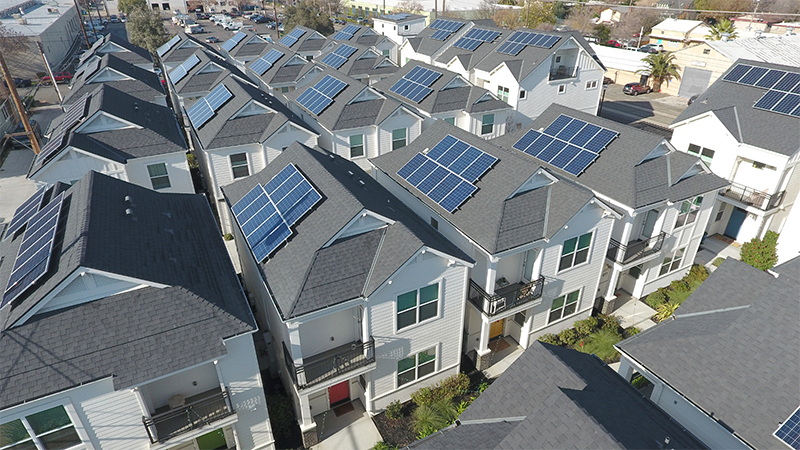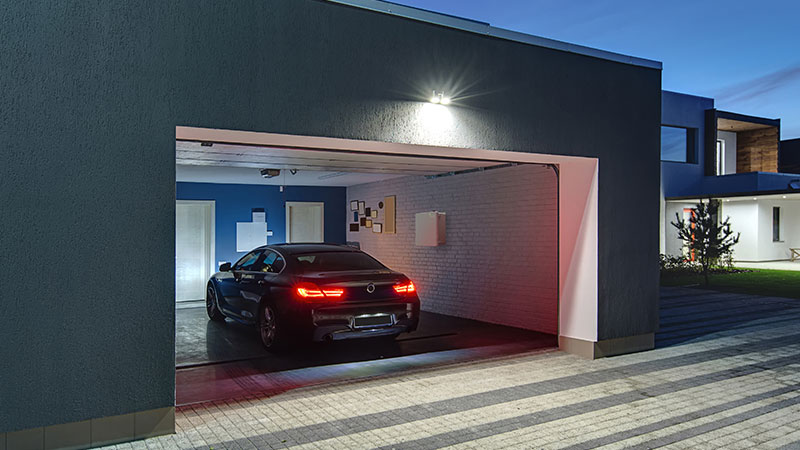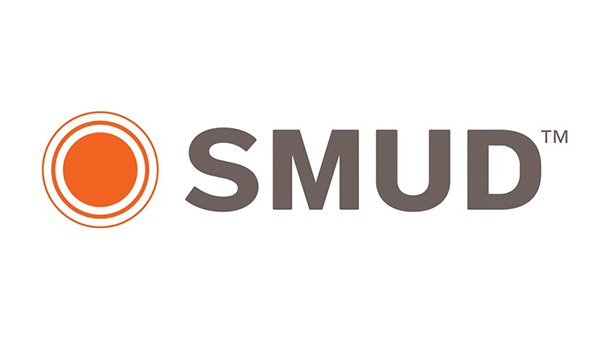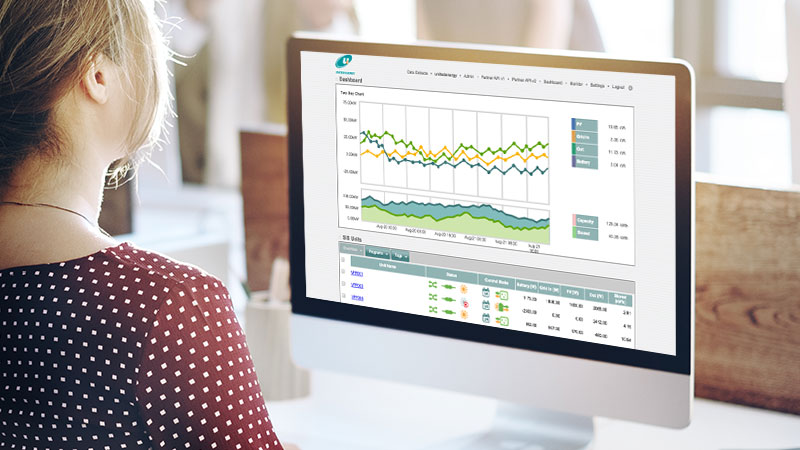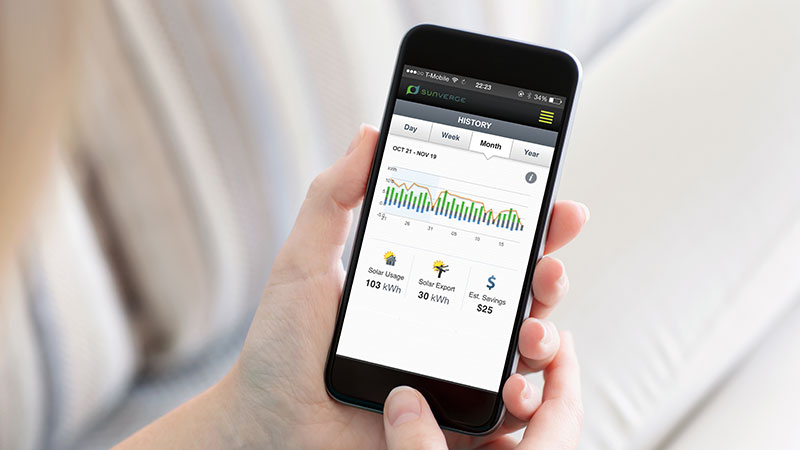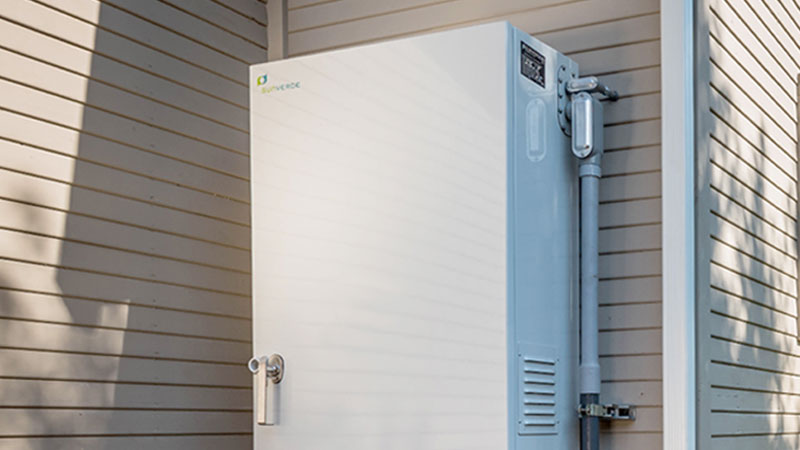Every year, distributed energy resources (DERs) become a more significant component of the energy network. Utilities, customers and regulators all recognize the essential role storage plays in modernizing the grid and ensuring resiliency.
It’s an environment that’s highly favorable for adding distributed storage, as that recognition shifts into actual programs that benefit storage customers.
Let’s start with the fact that there are now a record 30 different energy storage bills before various state legislatures in the US. The legislation is about evenly split between measures that would provide or increase the financial resources available for storage, or that create mandates for dramatically increasing the amount of distributed and other storage. Half these measures have been introduced in three states that have served as bellwethers for DERs all along: California, Hawaii and Massachusetts.
Beyond the statehouse, two dozen states, along with their utilities, are taking concrete steps toward grid modernization, and these plans often include distributed storage. Rhode Island’s grid modernization proceeding is one such effort; in almost every case, concerns about resiliency from threats old (weather) and new (cyberattack) are leading directly to discussions about the need for storage. With customer expectations higher than ever, utilities are giving greater thought to the ways storage can mitigate these concerns by stabilizing the grid during extreme events to minimize the duration of unplanned outages.
In many cases, utilities aren’t waiting for policy makers to make a major push to add DERs with storage to the local grid. According to UtilityDive’s “2016 State of the Electrical Utility Survey,” which included responses from 515 US utility executives, 40% are pursuing distributed storage projects and see this as a potential new revenue stream – among the top five areas they are considering for the future. And in terms of their own investment, nearly two-thirds of US utilities believe they should increase their investment in storage – more than any other category.
If those mega-trends aren’t enough, just consider a more practical issue: We’re heading into summer, the time when resiliency in the grid gets its toughest test. Long, hot days drive up demand as air conditioning kicks in; thunderstorms and other severe weather events can take large sections of the grid down. As climate change becomes a more significant factor, these weather events are becoming more frequent and stronger, which means power will be out more often and for longer periods.
All these factors help explain why 76% of solar installers currently offer storage installation (or will in the next year), a higher proportion than those who offer solar maintenance. In fact, according to the EnergySage 2016 Solar Installer Survey, storage is the number one new offering for installers this year – “no other new product or service was nearly as popular,” it said.
This is why we expect to see storage added to a large number of the one million US homes that had solar installations as of last year, according to GTM and SEIA. By 2020, if the OneMillionStrong effort succeeds, there will be four million solar-equipped homes in the US – and I’m confident the majority will have integrated storage with intelligent utility management.
By Ken Munson, CEO of Sunvege Energy
Headline Source: Navigant Research
